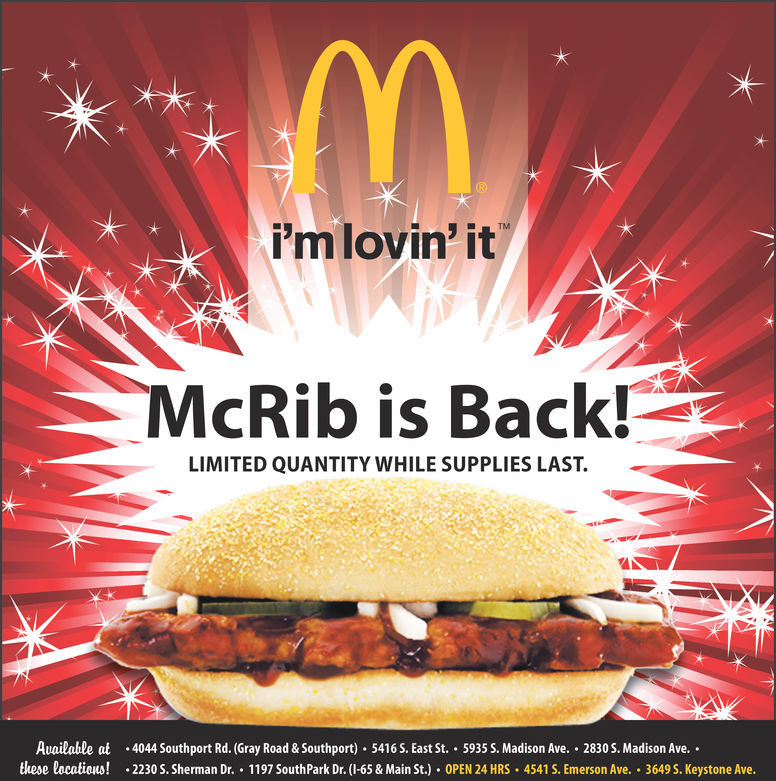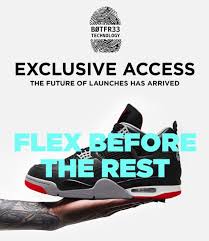Scarcity sells. It creates urgency, forcing people to act fast. By using scarcity in your marketing campaigns, you can significantly boost engagement, increase sales and elevate your brand’s perceived value.
In 1975, Stephen Worchel, a psychologist at the University of Virginia, conducted an experiment.
He presented 134 participants with two jars of cookies. One jar had ten cookies, the other had only two cookies.
The researchers wanted to see how the quantity of cookies in each jar affected the participants’ perceptions of the cookies’ value and desirability. The results were striking.
Even though the cookies in both jars were identical in every other way, participants rated the cookies from the jar with only two cookies as significantly more desirable and valuable compared to the cookies from the jar with ten cookies.
The key psychological factors that make the scarcity principle work
1. Fear of Missing Out (FOMO)
Imagine scrolling through social media and seeing your friends posting pictures and stories from a concert you really wanted to go to.
They’re raving about the performance, the atmosphere and how much fun they’re having. You regret not attending.
You quickly go online to check if there are any last-minute tickets available. There aren’t!
You realize you missed out on a unique and potentially special event so you make plans to attend a similar event in the future to avoid missing out again.
The fear of missing out can force us to make a decision, even if it’s not our most deliberate choice. Scarcity simplifies the decision-making process by injecting urgency.
Loss aversion
Psychologists Daniel Kahneman and Amos Tversky found out that the pain of losing something is psychologically more impactful than the pleasure of gaining something of equivalent value.
This is known a loss aversion. Losing $100 is more distressing than the joy of finding $100 (Let me know if you disagree).
Scarcity emphasizes this intrinsic aversion to loss by highlighting what could be missed if we don’t act.
When people perceive that an opportunity or item is scarce, the fear of missing out (and thereby losing the chance to acquire it) compels them to act more decisively and urgently.
When a product or service is limited or perceive as limited in quantity or availability, it becomes more desirable.
The fear of missing out (and thereby losing the chance to acquire it) creates a sense of urgency, compelling us to act fast before the opportunity vanishes.
2. Social proof
“Join thousands of satisfied customers.”
Scarcity also plays on the concept of social proof. People tend to follow the actions and behaviors of others, especially when they are uncertain about what to do.
When a product is scarce, it often signals to potential buyers that it is popular and in high demand, which serves as social proof that others find it desirable. This increasing its attractiveness.
Food delivery apps like Uber Eats and DoorDash often highlight “Popular items” or show that certain menu items are frequently ordered.
When a specific dish is marked as popular or running low, it indicates that many others find it appealing (social proof) and that it may soon be unavailable (scarcity).
This combination makes customers more likely to order those items, driven by the belief that they are making a popular and possibly soon-to-be-unavailable choice.
Because people value scarce items more, it is important to leverage scarcity in your sales pages, email campaigns and social media posts to ensures your messages are not just read, but acted upon with urgency.
The advantages of scarcity marketing
1. Increased sales and conversion rates
When people feel that they have limited time to act, they are more likely to make a purchase sooner rather than later.
Retailers such as Zara and H&M frequently hold flash sales or offer limited-time discounts on popular items.
These sales often come with a countdown timer and notifications like “Hurry, only 2 hours left to get 50% off. Items are selling fast!”
This kind of message creates a pressure to act immediately and signals to customers that many others are taking advantage of the deal (social proof).
The perception that others find the deal valuable encourages more people to make quicker purchasing decisions leading to faster conversions.
2. Higher perceived value
In Stephen Worchel’s experiment, participants rated the cookies in the jar with only 2 cookies as more desirable and valuable compared to the jar with 10 cookies even though the cookies were similar.
Products or services that are scarce are often perceived as more valuable.
When a product is in limited supply, it becomes more desirable simply because it’s less accessible.
This perceived value can justify higher prices and make customers more willing to buy.
3. Enhanced brand loyalty
Customers who secure scarce items often feel a sense of accomplishment and loyalty to the brand. Brands like Supreme create a community of loyal followers who eagerly anticipate each product drop.
When Nike announces that only a limited number of pairs will be available. Fans of the brand and sneaker enthusiasts, fearing they might miss out, become more determined to acquire a pair.
The scarcity makes the sneakers seem more valuable and desirable, leading to long queues and quick sell-outs, often within minutes of release.
4. Standing out against competitors
Scarcity can help differentiate a brand in a crowded market by creating a unique selling proposition (USP). This is key to having a competitive advantage in the industry.
Limited-edition products or exclusive memberships create a premium feel, allowing for higher pricing.
Examples of scarcity in marketing
1. Limited time offers

By setting a specific timeframe during which a promotion or discount is available, your businesses can leverage scarcity, compelling customers to make quicker purchasing decisions.
This sense of urgency can reduce procrastination and push potential buyers to act now rather than later, thereby boosting sales in a short period.
McDonald’s frequently introduces limited-time menu items, such as the McRib or seasonal Shamrock Shake.
These offerings create excitement and urgency among customers who rush to purchase these items before they disappear.
Similarly, software and service providers often offer free trials with limited durations.
This tactic allows users to experience the product’s value firsthand while creating a sense of urgency to convert to a paid plan before the free access expires.
Create urgency by offering products or services for a limited time. This can be done through flash sales, holiday promotions or seasonal discounts.
2. Limited product

Highlight the limited availability of your product to drive urgency. Booking.com, a leading travel booking website, leverages the scarcity principle by showing limited availability and high demand indicators.
The website displays messages like “Only 2 rooms left!” and “24 people are viewing this hotel right now.”
Due to this perceived scarcity, people are more likely to take immediate decisions to secure their booking.
This technique is especially effective for exclusive or high-demand items. By limiting the number of items available, companies can make products appear more valuable and desirable. This encourages customers to act quickly to secure their purchase before the stock runs out.
When a new iPhone is released, it is initially available in limited quantities, and pre-orders often sell out quickly.
The fashion brand Supreme, releases new collections in limited quantities, often resulting in products selling out within minutes.
This approach not only boosts immediate sales but also enhances the brand’s image as exclusive and highly sought-after.
3. Exclusive access

Exclusive access creates scarcity by limiting availability to a select group of individuals. This approach taps into the human desire for belonging and status, making the exclusive product or service appear more prestigious and desirable.
By offering exclusive access, businesses can foster a sense of privilege and urgency among their target audience, motivating them to act quickly to secure their spot within the select group.
This can be particularly effective for building brand loyalty and increasing perceived value, as customers feel they are part of an elite club with special privileges.
Luxury brands like Louis Vuitton and Hermès often offer exclusive shopping events or early access to new collections for their VIP customers.
This creates a sense of exclusivity and urgency, as customers rush to take advantage of their privileged status before the general public.
Clothing brands like Supreme and Nike leverage limited edition collections to drive excitement. Scarcity not only increases perceived value but also creates a sense of exclusivity.
Even though the limited edition is sold at significantly higher price, people rush to purchase these items to avoid missing out and claim bragging rights within their social circles.
The scarcity principle can be a powerful tool for driving sales, increasing perceived value, and enhancing brand loyalty.
However, businesses must use it thoughtfully to avoid negative consequences such as customer frustration and perceived manipulation.
By balancing scarcity tactics with transparency, businesses can effectively leverage scarcity to achieve their marketing and sales goals.
Discover more from CopywritingDIY
Subscribe to get the latest posts sent to your email.
